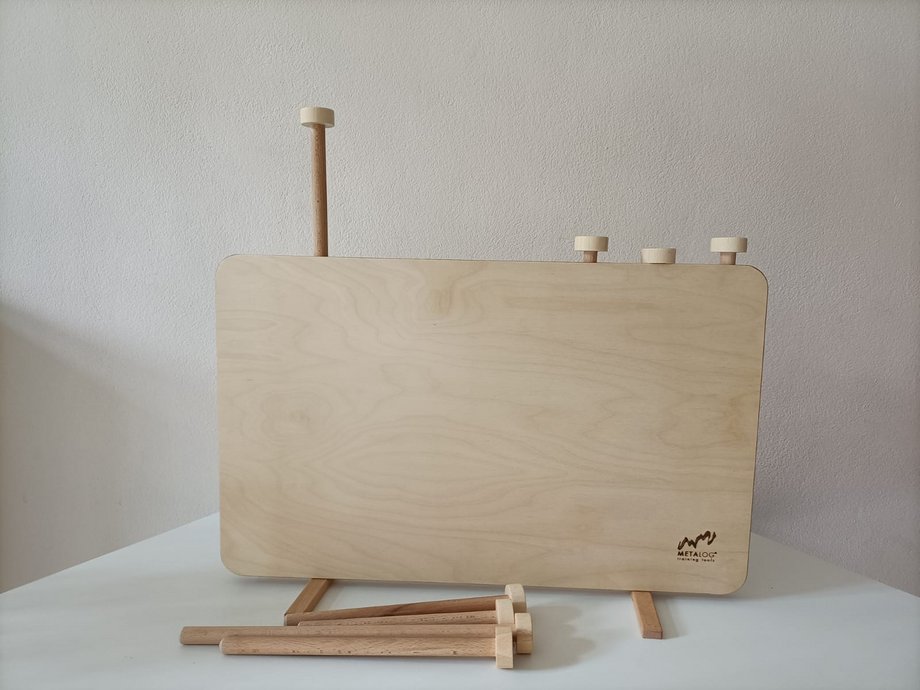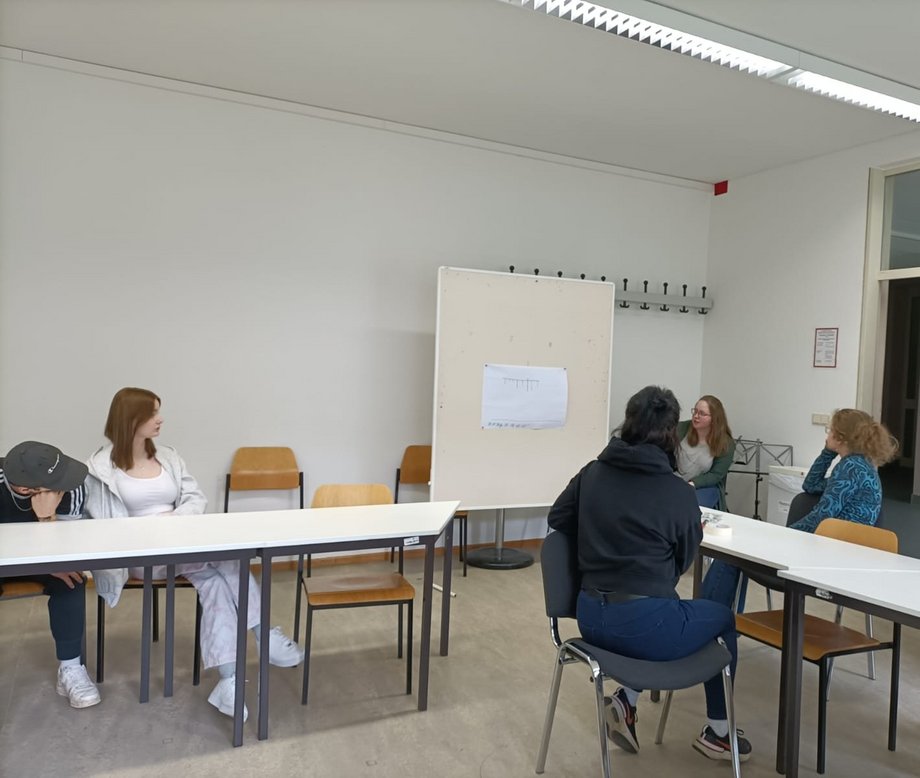Collaboration Puzzle
How do we organise ourselves? How do we pass on information? What can our strategy look like?
"CollaborationPuzzle" is an exercise that focusses primarily on problem solving and addresses central questions of group work. The task is to insert eight wooden sticks of different lengths into the correct hole in the wooden platform. Only one team member is allowed to take turns working on the set. Precise agreements are therefore essential. This funds communication processes and self-organisation within the team. This in turn requires trust in the individual members, whereby (better) handling of mistakes can also be learnt.
Number of participants
Minimum: 3; optimum: 6; maximum: 10
Duration
15-50 minutes, without evaluation discussion
Space
Two separate rooms - one with a table and one with the opportunity to sketch the findings (flipchart, blackboard)
Set-up and procedure
At the beginning, the wooden pedestal is placed on a table, with two of the eight wooden sticks already stuck in it and sticking out at different distances. The remaining six sticks are placed around the platform. The aim is to get all the sticks in the right position so that they all protrude the same distance and form a straight line. The team has a budget of 100 steps to solve the problem, i.e. if the limit is exceeded, the task is completed. The reasons for this can be sought and discussed in a subsequent reflection session. During the search for a solution, however, there are strict rules, i.e. the group is sent to a 'team room' where they can discuss and develop possible strategies. A flipchart or blackboard is recommended to record individual steps or logics in writing.
In another room, there is a wooden platform including sticks, the so-called 'work room/area'. Only one member at a time may enter this and carry out a maximum of two work steps there. There must be no visual contact with the team room, nor may the actor in the work room communicate with the other members while carrying out their steps.
He/she should then communicate the findings, progress and experiences to the team, from which the further procedure for achieving the goal should be discussed with as few work steps as possible. The members therefore go to the wooden platform one by one and try to solve the task, whereby this can only succeed if the most precise information possible is passed on to the members and joint strategies are developed.


